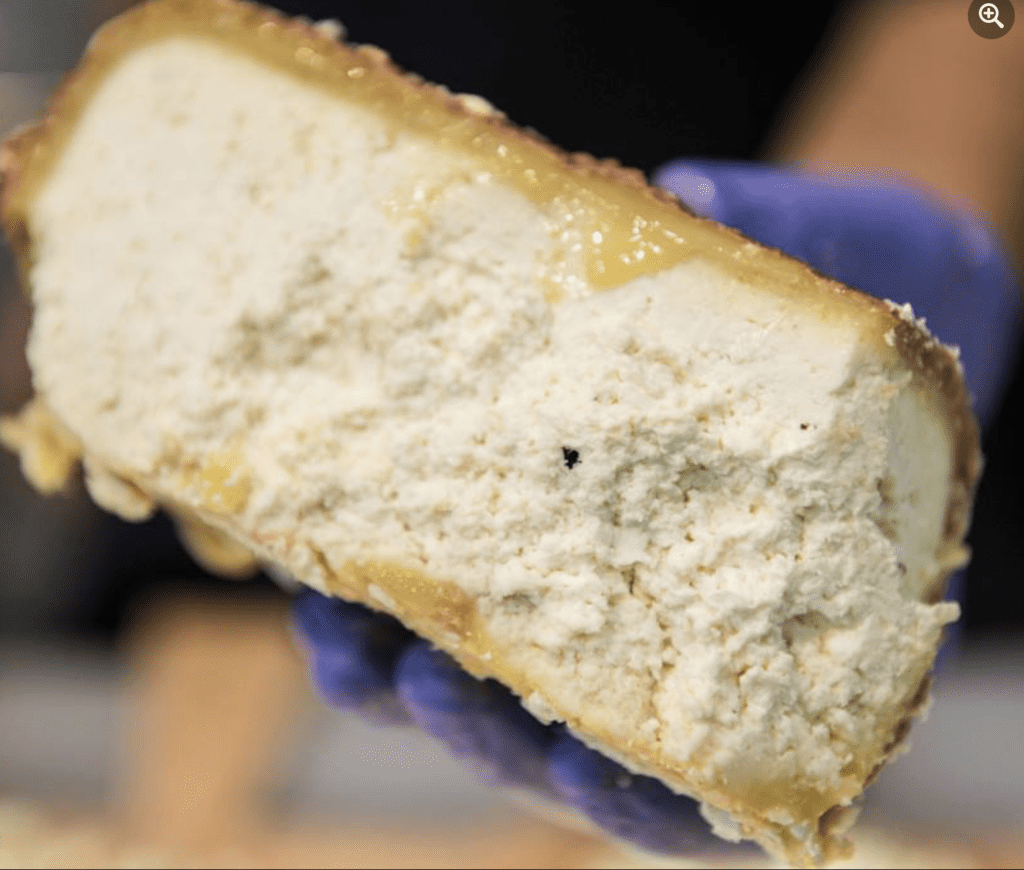Portuguese cheese, a 101 introduction

Portuguese cheese has a rich history that dates back centuries and is an important part of the country’s culinary tradition. Portugal is known for its diverse range of cheeses, each with its unique flavors and characteristics. Let’s explore the history and some particulars of Portuguese cheese. For me personally, they are a favourite, because they are so good, but also because they are special, different from most other cheeses, but also because they are very rare if at all available here where I live.
The History of Portuguese cheese – in short
The origins of cheese-making in Portugal can be traced back to ancient times. The Romans introduced cheese-making techniques to the region during their occupation. Over time, Portuguese cheese production developed and flourished, influenced by different cultures, techniques, and local ingredients. Cheese in Portuguese is called queijo by the way.
Some particulars
Most of the artisan cheeses produced on the mainland are made using ewe’s milk but there are also some goats’ milk cheeses. The famous cows’ milk cheeses are from the Azores. The ewes’ milk cheeses are oftenmost made using vegetal rennet; cardoon to be specific, while the cows’ milk cheeses from the Azores archipelago is made with animal rennet.
Types of Cheese
Queijo Serra da Estrela: This is one of Portugal’s most famous cheeses, made from raw sheep’s milk. It has a creamy texture and a strong, slightly acidic flavor. This cheese is from the mountainous region in central Portugal, Serra de Estrela is the highest mountain on the mainland. The cheese is made using milk from Bordaleira sheep and is traditionally consumed melted or spooned out of its rind. Bigger than the ewes’ milk cheeses mentioned below.
Queijo de Azeitão: A small, soft cheese made from sheep’s milk. It has a buttery texture and a slightly salty taste. It is often consumed as a spread.
Queijo Serpa: Produced in the Alentejo region, this cheese is made from raw sheep’s milk and has a semi-soft texture. It has a distinctive flavor and aroma.
Queijo de Nisa: Another sheep’s milk cheese, Queijo de Nisa is semi-soft with a smooth texture. It has a mild, slightly salty taste. This cheese along with Azeitão and Serpa are all from the Alentejo region in southern Portugal, renowned for its sheep’s milk cheeses
Sao Jorge: Originating from the Azores islands, Sao Jorge to be specific, this cheese is made from cow’s milk. It has a firm texture and a rich, buttery flavor. The Azores archipelago, particularly the islands of São Jorge and Terceira, is known for its production of cow’s milk cheese. These cheeses have a firm texture and a tangy, slightly spicy flavor.
Portuguese cheese is enjoyed both domestically and internationally, and it is often paired with local wines, fruits, or honey. The country’s cheese-making traditions continue to be celebrated, and new variations and flavors are constantly being explored by local producers.
Suggested pairings
Portuguese cheese and wine pairings can be delightful, as the country produces a wide range of both. Here are a few recommendations for cheese and wine pairings from Portugal.
Queijo Serra da Estrela with Douro Red Wine. The rich and creamy Queijo Serra da Estrela pairs beautifully with a robust red wine from the Douro region. The wine’s structure and tannins complement the cheese’s strong flavors.
Queijo de Azeitão with Moscatel de Setúbal. The soft and buttery Queijo de Azeitão harmonizes well with the sweet and aromatic Moscatel de Setúbal. The cheese’s saltiness contrasts with the wine’s sweetness, creating a delightful balance.
Queijo Serpa with Alentejo Red Wine. The intense and slightly acidic flavors of Queijo Serpa match nicely with a full-bodied red wine from the Alentejo region. Look for wines made from the Trincadeira or Aragonez grape varieties.
São Jorge Cheese with Port Wine. The semi-hard São Jorge cheese pairs wonderfully with a rich and full-bodied Port wine. The cheese’s nutty and slightly spicy flavors match well with the sweetness and complexity of the fortified wine.
Remember, these are just suggestions, and personal preferences may vary. Feel free to explore different combinations and experiment with your own pairings to discover your favorite combinations of Portuguese cheese and wine.
Further reading
For more on Portuguese cheese check out this page.
This post is created partly with the help of Chat OpenAI.
Portuguese cheese, a 101 introduction Read Post »




